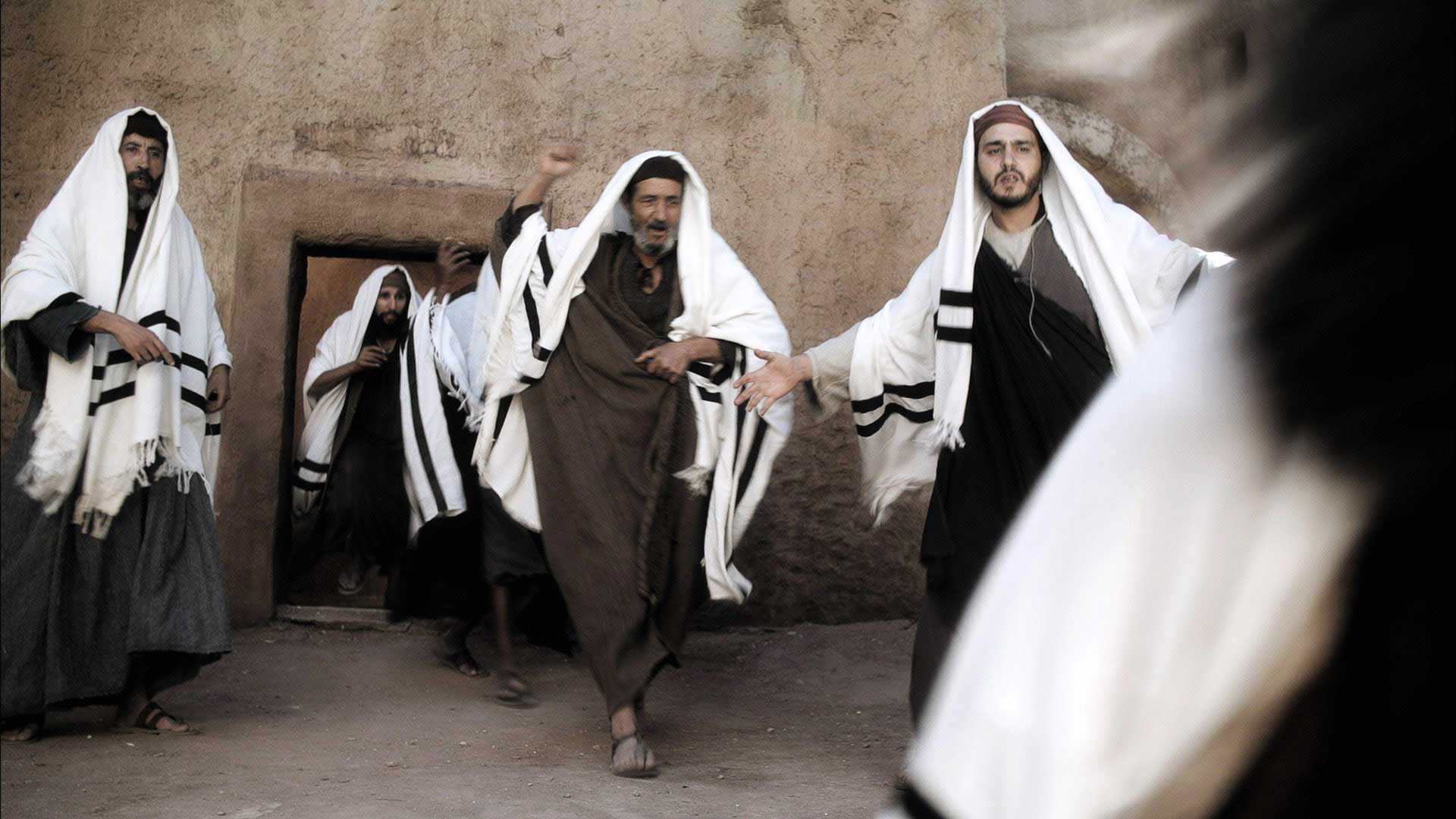It was a tense moment and brokenness stood before them in the form of a guilty woman. She had been caught. And now she was being publicly humiliated and was facing perhaps even death. She was probably a weeping, trembling mess.
It was a perfect trap for Jesus. She had clearly broken the law as she was caught in the act of adultery. What would Jesus do? The scribes and the Pharisees, those who preserved the law for Israel made sure Jesus was present. He had managed to rise above all their other questions, but this one he couldn’t possibly escape. The woman should be stoned. It was written right there in black and white in Leviticus 20:10.
Jesus was silent as he stooped down to draw in the sand. They persisted in questioning him on his take of the situation.
1) Where was the man?
If she was indeed “caught in the act,” and there are two people in any act like this, where was the other half? Was he given some excuse and told to vanish for awhile? There was definite an unfair bias against this woman, and perhaps women in general.
2) Where was their condemnation?
They were looking for condemnation so badly that they refused to see their own sins. Until Jesus asked them about them. Actually really confronted them. He didn’t tell them not to throw the stones. He invited them to throw them, but only if they had never sinned. If they were hungry for law, they too stood condemned.
3) Why didn’t Jesus condemn her?
He didn’t say her sin didn’t matter. He didn’t say it was Ok. He didn’t tell her she could have her sin and himself as well. But he did offer her grace, and truth. Both. And that grace triumphed over all. But in that truth he offered a grace that triumphed over sin. “Neither do I condemn you,” said Jesus. “Go, and from now on do not sin anymore.”
There is so much to ponder her. One demographic being given excuse and grace and another given none. There is the issue of an inability to see our sin when it’s so easy to see in others. And the societal issue now that is so strong that “love” somehow means the divorce of truth, and how grace can be offered without the sacrifice of truth.
But at the end of the day I think the big pictures is this:
The man got grace. The woman got truth. So Jesus gave all the men truth, followed by a grace knowing that they themselves should be stoned. And the woman got grace, with the truth to sin no more. Grace and truth.
They were looking for condemnation. She was looking for rescue.
And Jesus was looking for redemption. Of them both.

